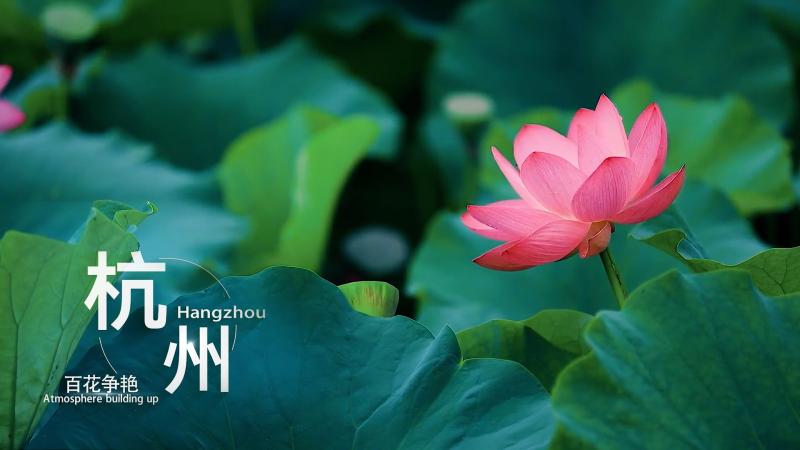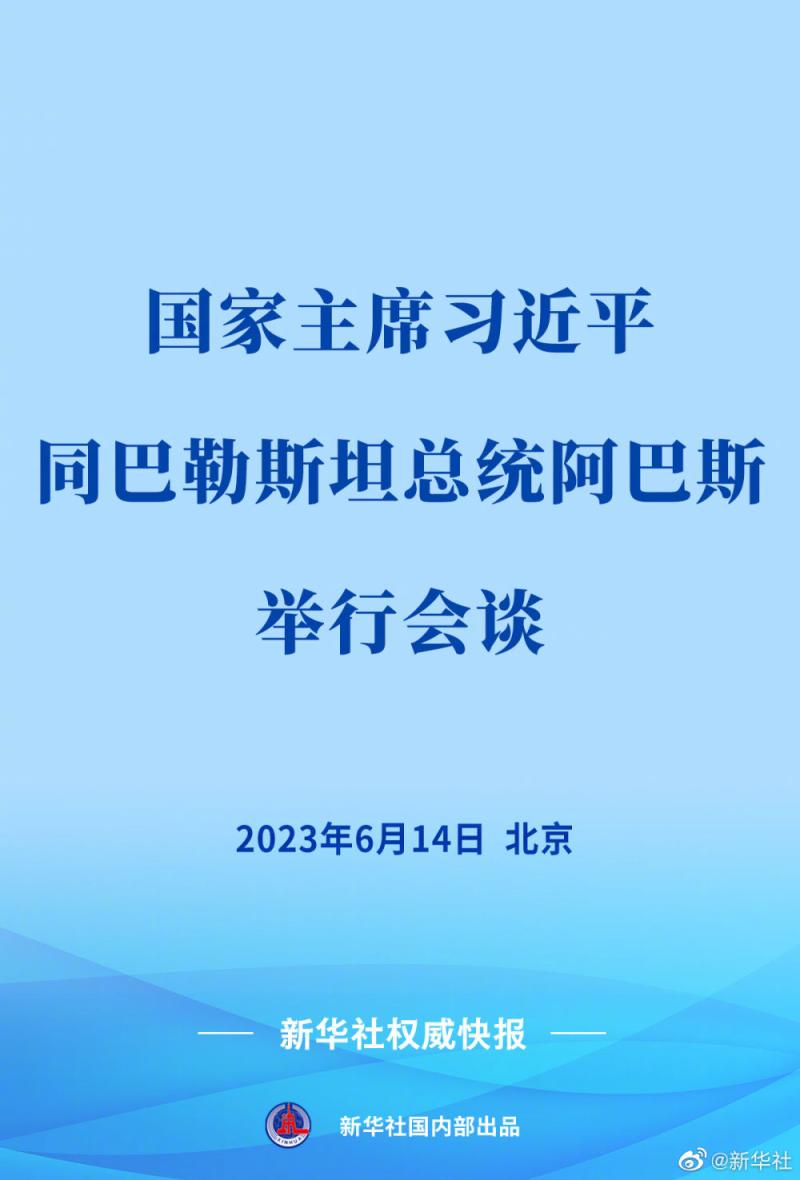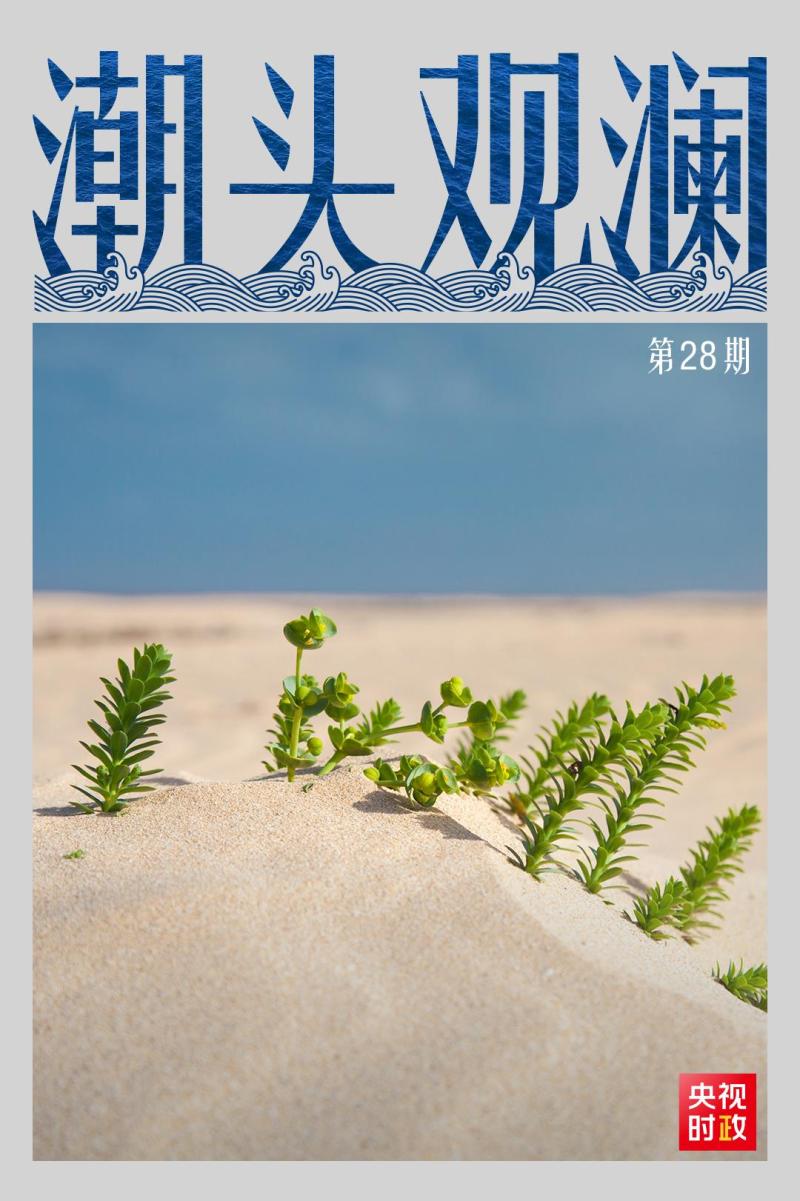Learning in Progress | President Xi Jinping and Tajikistan's Story
[Learning in Progress] On the 4th local time, President Xi Jinping arrived in Dushanbe and began a state visit to Tajikistan. This is President Xi Jinping's third state visit to Tajikistan. "Learning in Progress" sorts out the story of President Xi Jinping and Tajikistan, and relives it together.
Tajikistan and China are good neighbors connected by mountains and rivers, good friends with sincere mutual trust, good partners with win-win cooperation, and good brothers who support each other. After 5 years, President Xi Jinping visited this friendly country again.
Under the guidance of the head of state's diplomatic strategy, China-Tajikistan relations have continued to improve and upgrade, political mutual trust has continued to deepen, and the cooperation in jointly building the "Belt and Road" has achieved fruitful results, which has effectively promoted the common development of the two countries and set an example for the development of relations between countries.
President Xi Jinping first came to Tajikistan in September 2014. President Xi Jinping said that this visit was like "visiting the home of a good neighbor and a good brother." Tajik President Rahmon received President Xi Jinping like a relative and specially arranged a family dinner.
On that day, President Emomali Rahmon and his wife, along with their family members dressed in festive attire, were waiting at the door of the presidential residence early. President Xi Jinping and his wife Peng Liyuan shook hands with them one by one. President Xi Jinping said that it is a blessing for China to have three generations living under one roof, and he wished you and your family happiness. The host and the guest talked as they walked. The courtyard was lush with trees and fragrant with fruits. President Emomali Rahmon picked a fruit and handed it to President Xi Jinping.
On September 12, 2014, Chinese President Xi Jinping attended a family dinner hosted by Tajik President Emomali Rahmon in Dushanbe. This is Xi Jinping and his wife Peng Liyuan visiting the presidential residence accompanied by Emomali Rahmon and his wife. Photo by reporter Huang Jingwen
The front of the official residence was covered with silk carpets, which was the highest courtesy of the Tajik people to welcome distinguished guests. The official residence was decorated with traditional furniture, national costumes and special foods of Tajikistan. President Rahmon introduced local customs and habits to President Xi Jinping and his wife, and personally put on the Tajik national robe, belt and felt hat for President Xi Jinping.
After the dinner, President Rahmon and his wife invited President Xi Jinping and his wife to the courtyard of the Tajikistan State Guesthouse for tea. The host specially arranged a grand bazaar display next to the pavilion. "Bazaar" means market. President Rahmon introduced local specialties and special foods such as naan, pilaf, and la tiaozi to President Xi Jinping and his wife. The two heads of state sat down in the pavilion and exchanged views on the development of bilateral relations again.
President Xi Jinping said, "Tonight, we had a pleasant time and exchanged in-depth views. I believe this visit will be a success. I sincerely hope that the China-Tajikistan friendship will flourish and be passed down from generation to generation."
On September 13, 2014, Chinese President Xi Jinping held talks with Tajik President Emomali Rahmon in Dushanbe. Photo by Huang Jingwen
During the visit, President Rahmon accompanied Xi Jinping for nearly 10 hours. During the visit, he took the initiative to shake hands with President Xi Jinping many times, saying, "An important outcome of this visit is that you and I have become closer brothers," and "Good brothers should go forward hand in hand!"
Led by the diplomacy of heads of state, China-Tajikistan friendship has made great strides. In 2013, China and Tajikistan established a strategic partnership; in 2017, the China-Tajikistan strategic partnership was upgraded to a comprehensive strategic partnership; in 2019, the China-Tajikistan joint statement stated that they would build a community of security and development and jointly commit to building a community with a shared future for mankind.
In June 2019, after nearly five years, President Xi Jinping visited Tajikistan again.
In order to thank President Xi Jinping for his outstanding contribution to the development of Tajik-China relations, President Rahmon awarded President Xi Jinping the "Crown Medal", the highest national medal of Tajikistan. President Rahmon put the ribbon on President Xi Jinping and put on the "Crown Medal", and the guests in the audience applauded warmly. Turning to the camera, President Rahmon once again carefully checked the position of the medal for President Xi Jinping. Afterwards, President Rahmon and President Xi Jinping shook hands tightly.
On June 15, 2019, Chinese President Xi Jinping attended a ceremony in Dushanbe and accepted the "Crown Medal" awarded by Tajik President Rahmon. Photo by reporter Shadati
A medal, witnessing friendship. President Xi Jinping said that the "Crown Medal" awarded by President Rahmon is full of the deep friendship of all Tajik people towards the Chinese people, and I cherish it very much.
In May 2023, President Rahmon came to China to attend the China-Central Asia Summit and pay a state visit in Xi'an, Shaanxi. The leaders of the two countries met again and jointly announced to promote the building of a China-Tajikistan community with a shared future featuring everlasting friendship, shared weal and woe, and mutual benefit and win-win results.
"The warm land beneath our feet is where the ancient Silk Road passed."
Tajikistan is the first country to sign a memorandum of understanding with China on jointly building the Silk Road Economic Belt. Driven by the Belt and Road Initiative, China-Tajikistan practical cooperation has developed rapidly. At present, China has become the largest source of direct investment in Tajikistan.
In September 2014, during his state visit to Tajikistan, President Xi Jinping and President Rahmon attended the completion ceremony of the first phase of the Dushanbe No. 2 Thermal Power Plant, the groundbreaking ceremony of the second phase of the project, and the groundbreaking ceremony of the China-Central Asia Natural Gas Pipeline Line D in Tajikistan, two major cooperation projects between the two countries.
Colorful flags were flying in Dushanbe No. 2 Thermal Power Plant, and a giant banner with the words "Long Live the Friendship between the Chinese and Tajik Peoples" written in Chinese and Tajik languages was hung on the plant building. Thousands of builders from both countries applauded to welcome the arrival of the two heads of state. President Xi Jinping and President Rahmon jointly pressed the start button, marking the successful completion of the first phase of the project. Afterwards, the two heads of state signed the commemorative page for the foundation laying of the second phase of the project, and together placed the commemorative page into a golden metal tube, sealed it, placed it into a cement pier and poured it with cement.
On September 13, 2014, Chinese President Xi Jinping and Tajik President Emomali Rahmon attended the completion ceremony of the first phase of the Dushanbe No. 2 Thermal Power Plant and the groundbreaking ceremony of the second phase of the Dushanbe No. 2 Thermal Power Plant, a major cooperation project between China and Tajikistan, in Dushanbe. This is Xi Jinping and Rahmon putting the golden metal tube containing the commemorative page of the second phase of the project signed by the heads of state of the two countries into the cement pier. Photo by reporter Huang Jingwen
President Xi Jinping said: "The best projects are those that truly benefit people's livelihood and are welcomed by the people." The China-Tajikistan thermal power plant project brings light and warmth to Dushanbe's winter.
After leaving the thermal power plant, the two heads of state drove together to the groundbreaking ceremony site for the China-Central Asia Natural Gas Pipeline Line D in Tajikistan. As the motorcade traveled along the winding mountain road, thousands of Tajik people gathered on the hillsides along the way to welcome the Chinese guests, with the national flags of China and Tajikistan fluttering in the wind. President Xi Jinping frequently waved to the crowd.
At the groundbreaking ceremony, President Xi Jinping looked into the distance and recalled the past: "The land under our feet is where the ancient Silk Road passed." "The ancient Silk Road has been given new vitality. We must continue to carry forward the 'Silk Road Spirit', inherit friendship, deepen cooperation, and jointly create a better future for China-Tajikistan relations."
The two heads of state came to the foundation stone and jointly unveiled the red silk cloth, officially launching the construction of the D-line pipeline in Tajikistan. Applause rang out, whistles blew, balloons flew into the sky, and the crowd on the hillside cheered enthusiastically.
In recent years, China and Tajikistan have continued to deepen and expand their cooperation in building the Belt and Road Initiative, showing strong vitality and resilience, and embarking on a path of complementary advantages, common development and shared prosperity. In 2023, the bilateral trade volume between the two countries reached US$3.9 billion, a year-on-year increase of 53.5%.
The cultural exchanges between China and Tajikistan have a long history. Along the ancient Silk Road, the ancestors of the two countries exchanged what they had and learned from each other thousands of years ago.
In his signed articles in 2014 and 2019, President Xi Jinping mentioned the civilizational bond of mutual trust between China and Tajikistan:
"During the Western Han Dynasty, Zhang Qian of China made two diplomatic missions to the Western Regions, opening up the famous Silk Road and the history of friendly exchanges between the peoples of China and Tajikistan. For more than 2,000 years, the Silk Road has been filled with the sound of camel bells and horse hooves, and diplomatic missions and caravans carrying friendship and cooperation have been traveling back and forth."
"The stories of Tajik historical and cultural celebrities such as Somoni and Rudaki are also spread across China, and the colorful figures of the Sogdians have become the protagonists of the Tang Dynasty tri-colored camel-carrying music figurines. After thousands of years of accumulation, the friendship between the two peoples is like the majestic Pamir Plateau, which will not be shaken by the changing times and will not change with the times."
Friendship is like a mighty river, running deep and quiet amidst the ups and downs of history.
In September 2014, President Xi Jinping visited Tajikistan and reviewed the guard of honor at the welcoming ceremony. President Xi Jinping walked to the center of the team and greeted in Chinese and Tajik: "Hello, everyone!" The guard of honor replied: "Hello, President Xi Jinping!"
In recent years, cultural exchanges at all levels between China and Tajikistan have continued to deepen. The number of Tajik students studying in Confucius Institutes and international students studying in China has continued to increase. The first Luban Workshop in Central Asia has trained a large number of urgently needed talents for Tajik vocational education and the country's industrialization and modernization process. The "Tajik Cultural Festival" was successfully held in Beijing and Xi'an, allowing the Chinese people to once again appreciate the charm of Tajik culture.
This is the scenery of Dushanbe, the capital of Tajikistan, taken on June 13, 2024. Photo by reporter Zheng Kaijun
In the new era, the people of the two countries visit each other frequently like relatives, the friendship between generations is more deeply rooted in the hearts of the people, and the two ancient civilizations shine more brightly through dialogue and mutual learning.
In 2019, the first Tajik edition of Xi Jinping: The Governance of China and the China-Tajikistan Governance Seminar were successfully held in Dushanbe. At the book launch, President Rahmon said in his congratulatory letter that the publication of the book will help Tajik readers better understand China, President Xi Jinping's ideas on governance and China's development path.
In the same year, the Chinese version of President Rahmon's book "The Tajik Nation in the Mirror of History" was published in China. President Xi Jinping mentioned it in his signed article, saying that the book "provides a new perspective for the Chinese people to understand Tajikistan."
This is the urban scenery of Dushanbe, the capital of Tajikistan, taken on June 26, 2024. Photo by reporter Cao Yang
President Xi Jinping pointed out that we should promote people-to-people exchanges, deepen cooperation in language teaching, translation of famous works, archaeological excavation, cultural relics protection, film and television production, and make the two ancient civilizations of China and Tajikistan more colorful in the exchange and integration. We should sow the seeds of friendship in the hearts of young people, cultivate successors to the friendship between the two countries, and pass on the friendship between China and Tajikistan from generation to generation.





